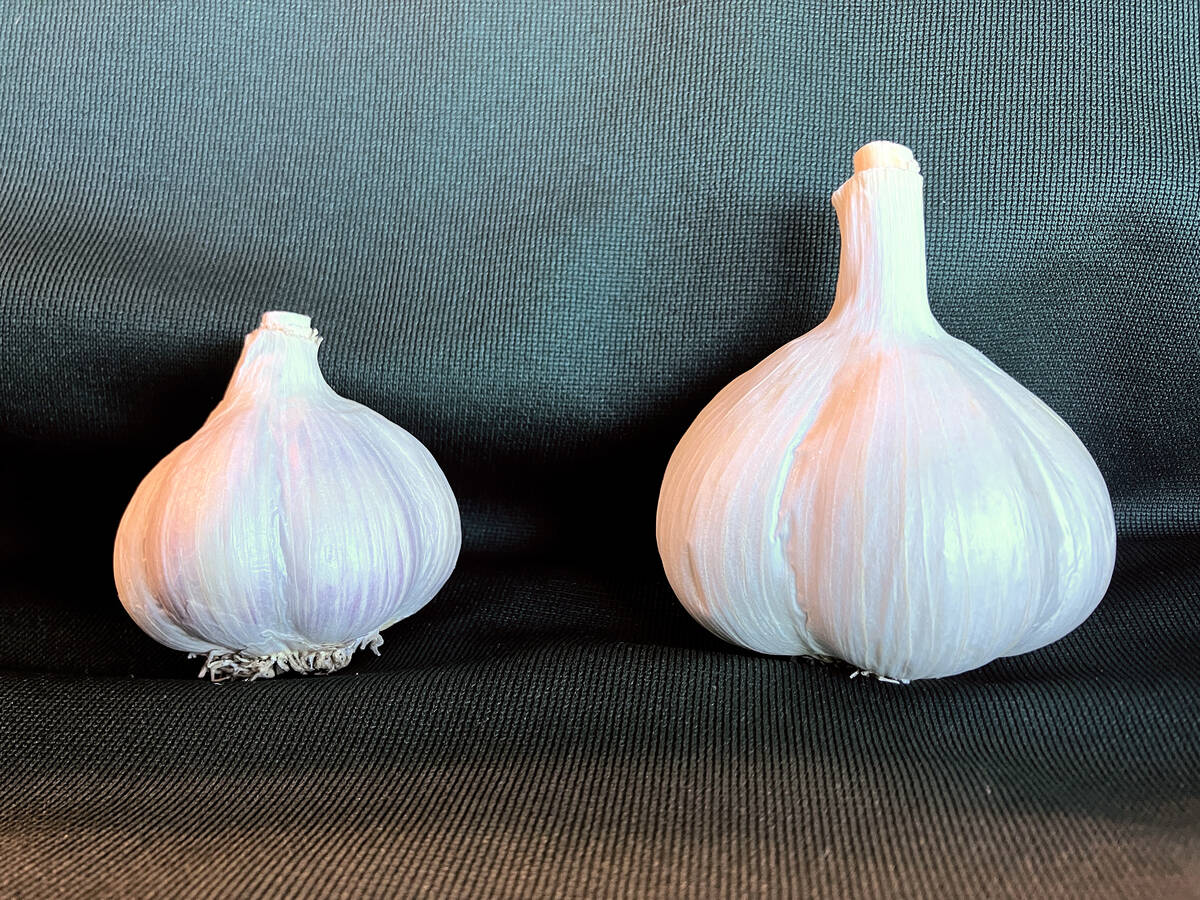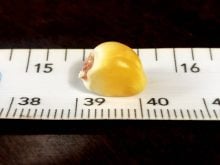Glacier FarmMedia – Resistance to corn rootworm is becoming a bigger concern as populations continue to develop resistance to existing Bt Cry proteins. Three of the four proteins targeting corn rootworm are related to known cross-resistance, so a population that becomes resistant to one protein will exhibit resistance to the others.
The resulting recommendation to producers in midwestern Ontario is to break the cycle by not growing corn.
Why it matters: Insects like corn rootworm eventually develop resistance to controls, so new traits are needed.
Read Also

Clean seed garlic promises bigger bulbs and higher returns for growers
Ontario garlic trials show clean seed outshines conventional yields, with stronger drought resilience, reduced virus risk and greater economic outcomes.
Starting in 2023, a new hybrid will be available containing RNAi technology to complement existing Bt proteins. SmartStax Pro, from Bayer Crop Science, builds on the existing SmartStax trait to provide improved protection against corn rootworm.
Most products available in Canada combine a Cry3 with a Cry34/35 trait and these continue to provide suitable control against corn rootworm in most situations. But if one Cry toxin is effective against corn rootworm, it increases the rate at which resistance evolves to the remaining toxin.
How a hybrid performs will depend on what products were previously used and what agronomic practices were employed, such as crop rotation versus continuous corn.
“We’re seeing more of that in eastern Canada and in areas where there is corn-on-corn, mainly for livestock producers who need that feed,” says David Kikkert, corn and soybean portfolio lead with Bayer Crop Science Canada.
The ribonucleic acid-derived mode of action prevents production of a targeted, life-critical protein in corn rootworm larvae. Without it, they die. The greatest risk is associated with continuous planting of hybrids that have developed resistance to the stacked lines. Combining RNAi with two other Bt toxins is believed to provide the best protection from corn rootworm.
“It’s novel and a different mode of action,” says Kikkert. “It’s also toxic to all of the instars and that’s unique where some of the Bt proteins may have different efficacies with different instars.”
Rootworm is best managed with cultural or rotation plans along with scouting. A SmartStax Pro hybrid with RNA interference is believed to provide the most robust control of corn rootworm. However, it is not a silver bullet.
New signs of trouble
In 2019, Huron, Perth and Bruce counties were hot spots with the greatest corn rootworm resistance. According to Tracey Baute, field crops entomologist with the Ontario Ministry of Agriculture, Food and Rural Affairs (OMAFRA), unexpected damage sites have been identified in Middlesex County, although they’re yet to be confirmed resistant. Populations were also higher in Bt CRW fields in Chatham-Kent and central Ontario in 2021.
“Based on the corn rootworm trap network data, at least 13 sites had concerning levels of adult rootworm activity compared to others in the province,” says Baute. “Without intervention – that is, crop rotation and changes in management practices – these sites will spread to others nearby.”
She agrees that RNAi is another tool for rootworm management and that hybrids from the SmartStax Pro line-up are meant to be paired with Bt hybrids for multiple modes of action to reduce selection for resistance. Yet there are producers who may see this technology as a “bridge” that enables corn-on-corn or continuous corn production.
“In the presence of Bt resistance, relying on RNAi hybrids as the sole management tool results in relying on one mode of action, significantly increasing the risk of resistance to RNAi now,” says Baute.
“We have to follow more sustainable practices and not rely solely on transgenic corn to manage CRW.”
Bt-resistant rootworm puts more strain on a functioning trait, in this case RNAi. Corn rootworm has always found a way to develop resistance to single modes of action or single management tools.
To keep resistance low, rootworm requires rotation of practices, the most effective of which is opting out of corn one in every four years. Baute acknowledges the challenges livestock producers may have in sourcing feed.
“However, if they continue as status quo and resistance becomes widespread, they’ll lose significant yield and feed anyway. Those costs will be much greater than the challenge of rotating fields.”
– Watch for more of Ralph Pearce’s content on this topic at Country Guide.















